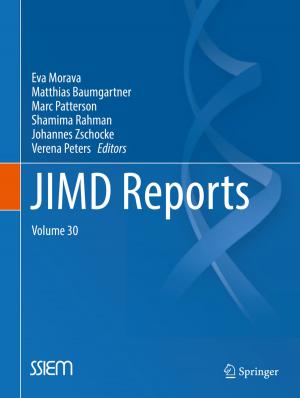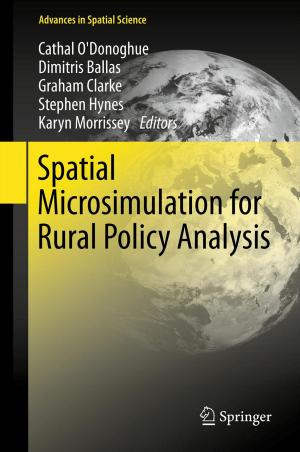One Health: The Human-Animal-Environment Interfaces in Emerging Infectious Diseases
Food Safety and Security, and International and National Plans for Implementation of One Health Activities
Nonfiction, Health & Well Being, Medical, Ailments & Diseases, Infectious Diseases, Parasitology, Medical Science, Microbiology| Author: | ISBN: | 9783642358463 | |
| Publisher: | Springer Berlin Heidelberg | Publication: | November 22, 2013 |
| Imprint: | Springer | Language: | English |
| Author: | |
| ISBN: | 9783642358463 |
| Publisher: | Springer Berlin Heidelberg |
| Publication: | November 22, 2013 |
| Imprint: | Springer |
| Language: | English |
One Health is an emerging concept that aims to bring together human, animal, and environmental health. Achieving harmonized approaches for disease detection and prevention is difficult because traditional boundaries of medical and veterinary practice must be crossed. In the 19th and early 20th centuries this was not the case—then researchers like Louis Pasteur and Robert Koch and physicians like William Osler and Rudolph Virchow crossed the boundaries between animal and human health. More recently Calvin Schwabe revised the concept of One Medicine. This was critical for the advancement of the field of epidemiology, especially as applied to zoonotic diseases. The future of One Health is at a crossroads with a need to more clearly define its boundaries and demonstrate its benefits. Interestingly the greatest acceptance of One Health is seen in the developing world where it is having significant impacts on control of infectious diseases.
One Health is an emerging concept that aims to bring together human, animal, and environmental health. Achieving harmonized approaches for disease detection and prevention is difficult because traditional boundaries of medical and veterinary practice must be crossed. In the 19th and early 20th centuries this was not the case—then researchers like Louis Pasteur and Robert Koch and physicians like William Osler and Rudolph Virchow crossed the boundaries between animal and human health. More recently Calvin Schwabe revised the concept of One Medicine. This was critical for the advancement of the field of epidemiology, especially as applied to zoonotic diseases. The future of One Health is at a crossroads with a need to more clearly define its boundaries and demonstrate its benefits. Interestingly the greatest acceptance of One Health is seen in the developing world where it is having significant impacts on control of infectious diseases.















